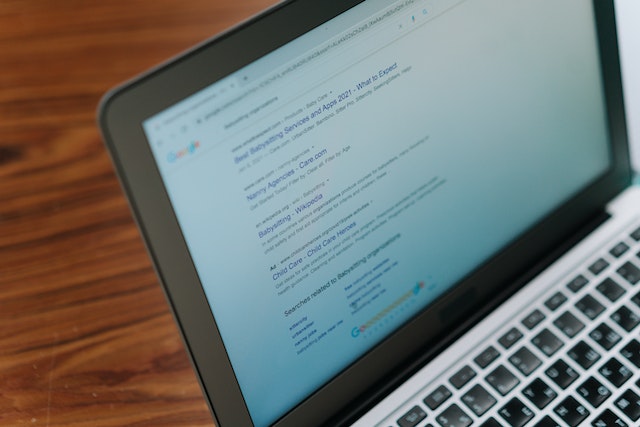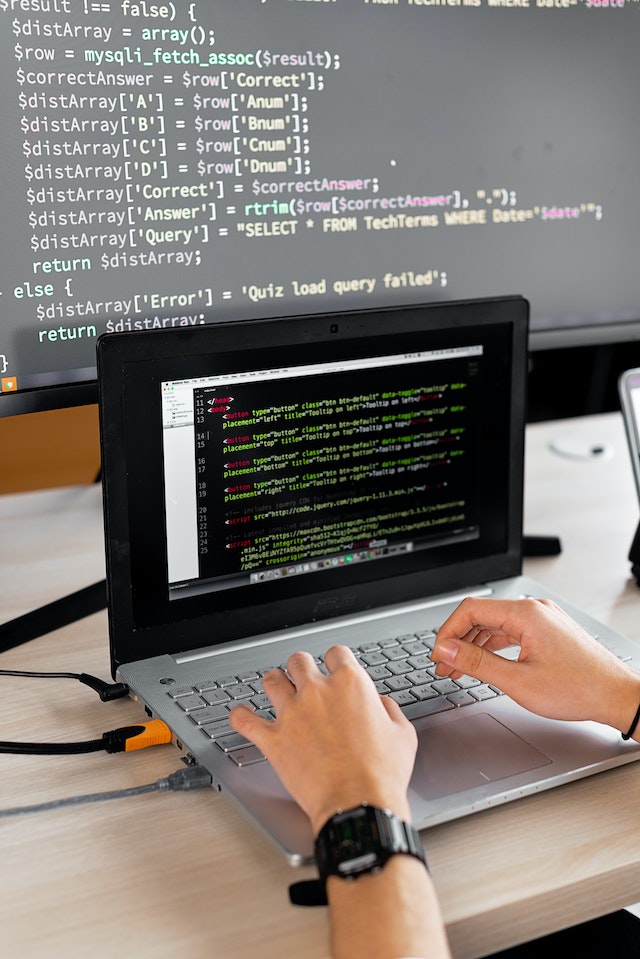The need for robust cybersecurity measures has never been greater as the world becomes increasingly digital. For Software as a Service (SaaS) companies, this is especially true as they are responsible for protecting sensitive customer data and ensuring compliance with various regulations. In 2023, SaaS companies will face a variety of cybersecurity threats that they must be prepared to address. Here are some of the top SaaS cybersecurity threats to look out for in 2023:
Phishing Scams
Phishing remains a widespread cyber threat in 2023, and SaaS companies are not immune. Phishing scams against these companies involve malicious actors posing as trustworthy sources to deceive individuals into revealing sensitive information, like login details or financial data. These scams have become more sophisticated, making it hard for individuals to detect them. SaaS companies are attractive targets as they possess large amounts of valuable customer data and assets.
To guard against phishing, SaaS companies should train employees and implement security measures like multi-factor authentication and regular security audits. End-users can also protect themselves by being vigilant of suspicious emails and verifying the source before giving out any information.
Ransomware
Ransomware attacks are on the rise and are expected to persist in 2023. SaaS companies, which often store sensitive customer data and have weaker security compared to traditional enterprise IT setups, are a common target for attackers. Ransomware infects a company’s systems and demands payment for the decryption of encrypted data, leading to significant downtime, financial damage, and harm to reputation. To reduce ransomware risks, SaaS companies are advised to have thorough backup and recovery plans, update software with the latest security patches, and educate employees on phishing recognition and avoidance.
Cloud Misconfigurations
As more and more companies move their data and applications to the cloud, the risk of cloud misconfigurations increases. These misconfigurations can occur when a company’s cloud infrastructure is not properly configured, leaving it vulnerable to attacks. To protect against cloud misconfigurations, SaaS companies should ensure that their cloud infrastructure is configured securely and regularly review their configurations for any potential vulnerabilities.
Advanced Persistent Threats (APTs)
APTs are a kind of cyber attack that state-sponsored actors or well-funded criminal organizations typically carry out. These attacks are designed to infiltrate a company’s network and remain undetected for an extended period of time, allowing the attacker to steal sensitive information or disrupt operations. To protect against APTs, SaaS companies should invest in advanced threat detection and response solutions.
IoT Security
With the increasing number of Internet of Things (IoT) devices being used in the workplace, SaaS companies will have to be more vigilant about securing these devices. IoT devices are particularly vulnerable to attacks because they often have weak security features and are easily exploitable. To protect against IoT security threats, SaaS companies should ensure that their IoT devices are properly configured and have a plan to identify and remediate any vulnerabilities.
In Conclusion
SaaS companies must remain vigilant and take proactive measures to protect against these and other cybersecurity threats in 2023. By implementing robust security measures and educating employees on how to avoid these threats, SaaS companies can help to mitigate the risk of a cyber-attack and protect their customers’ sensitive data.



